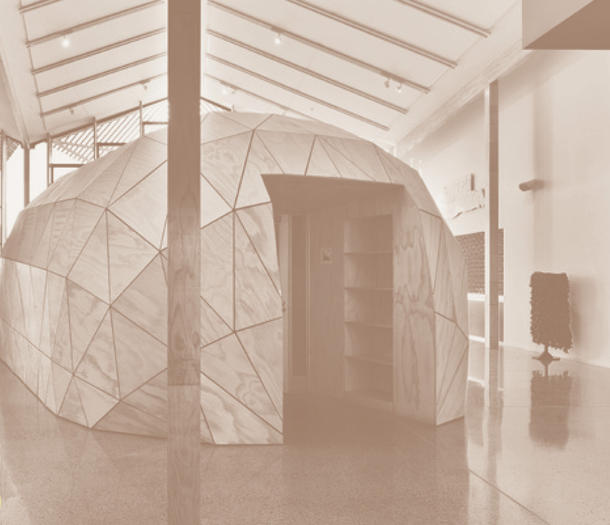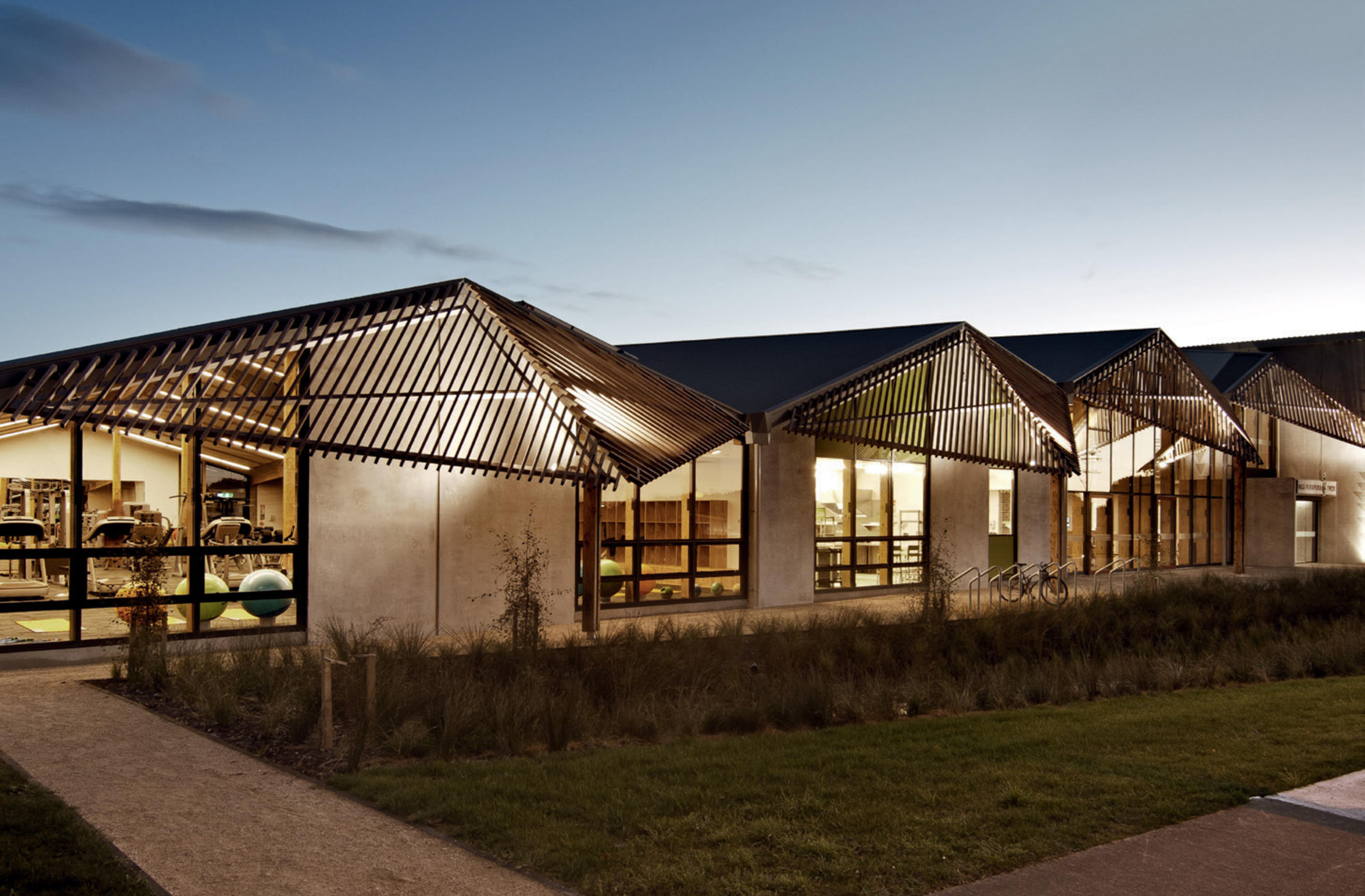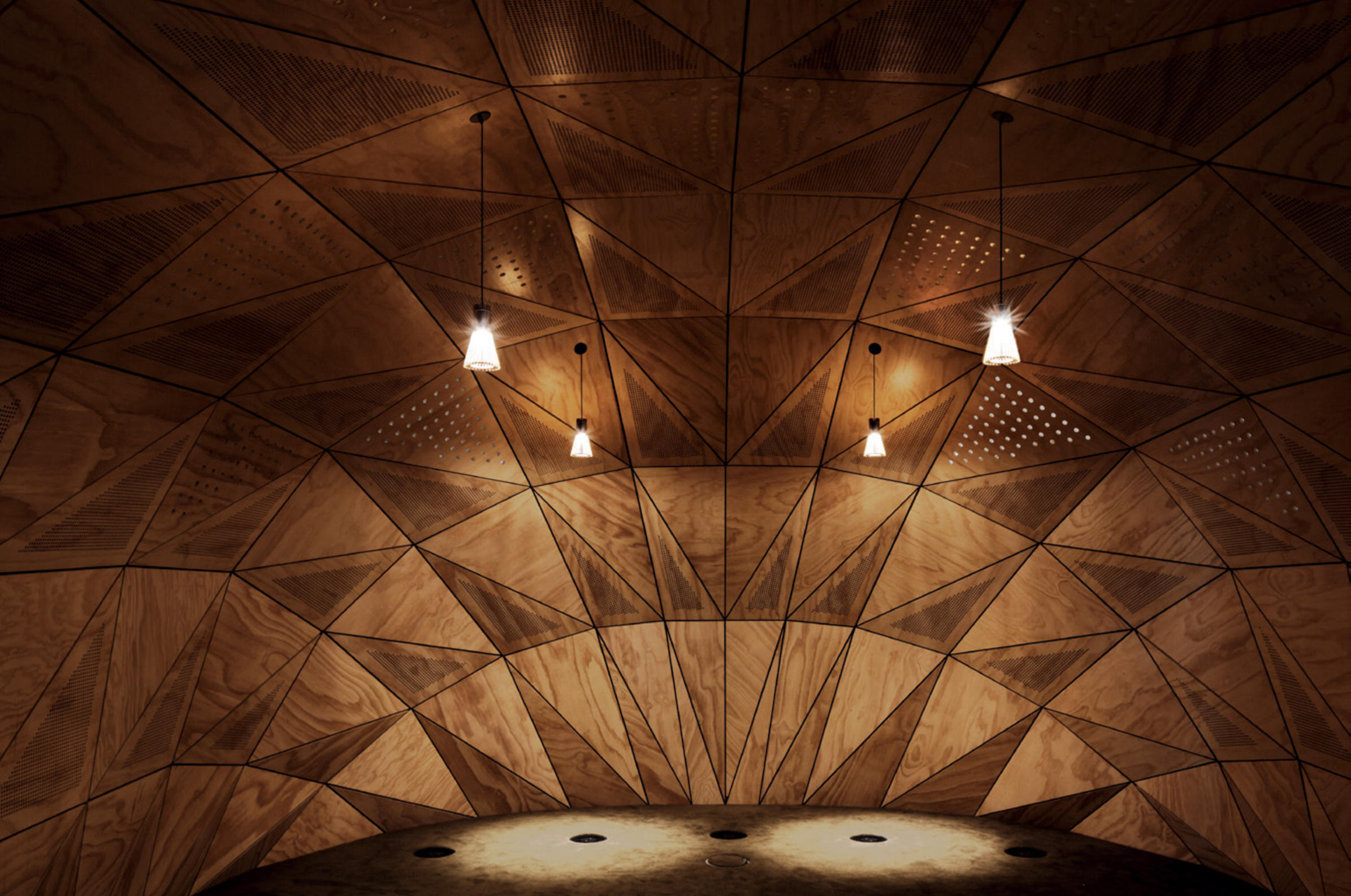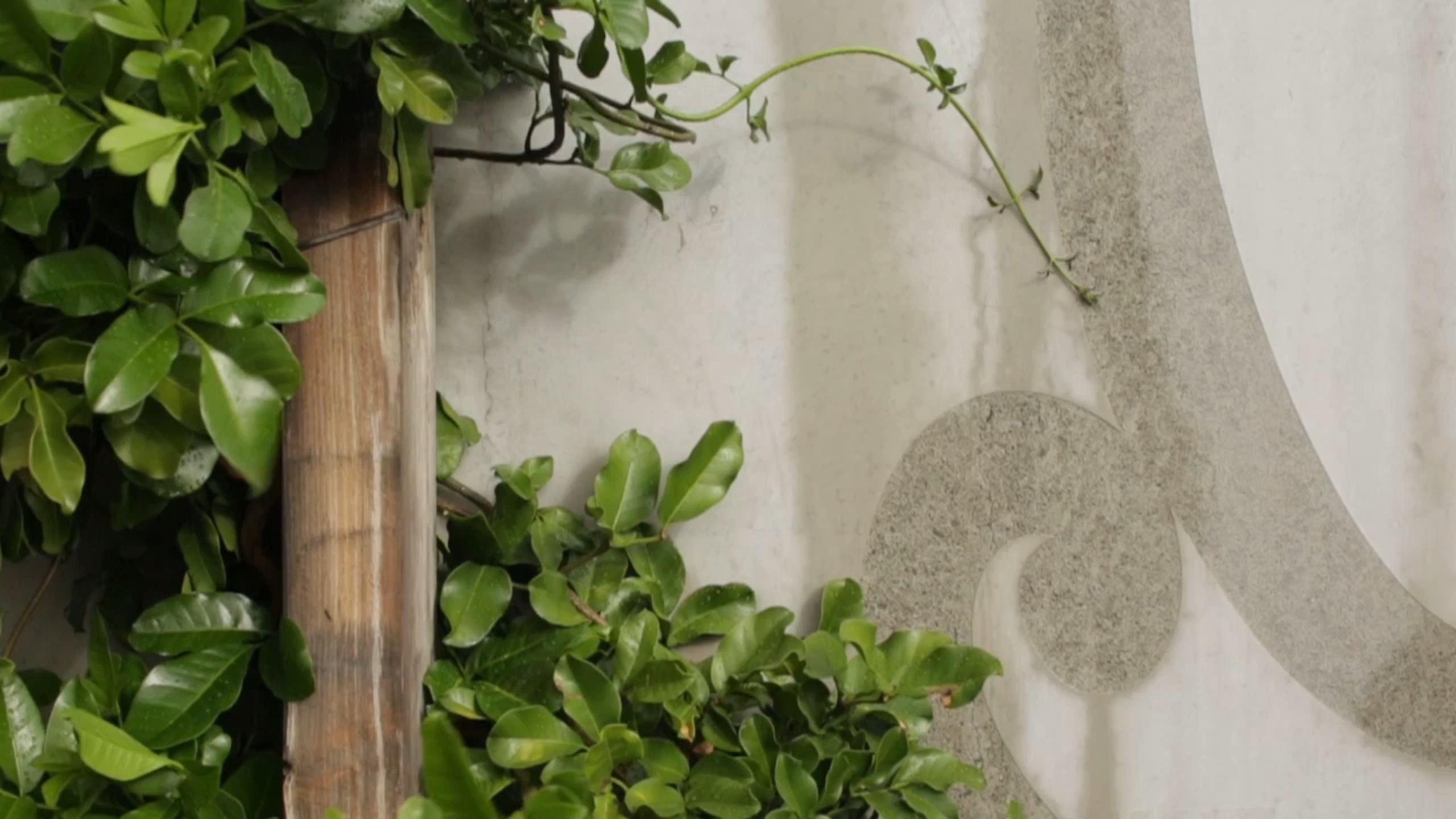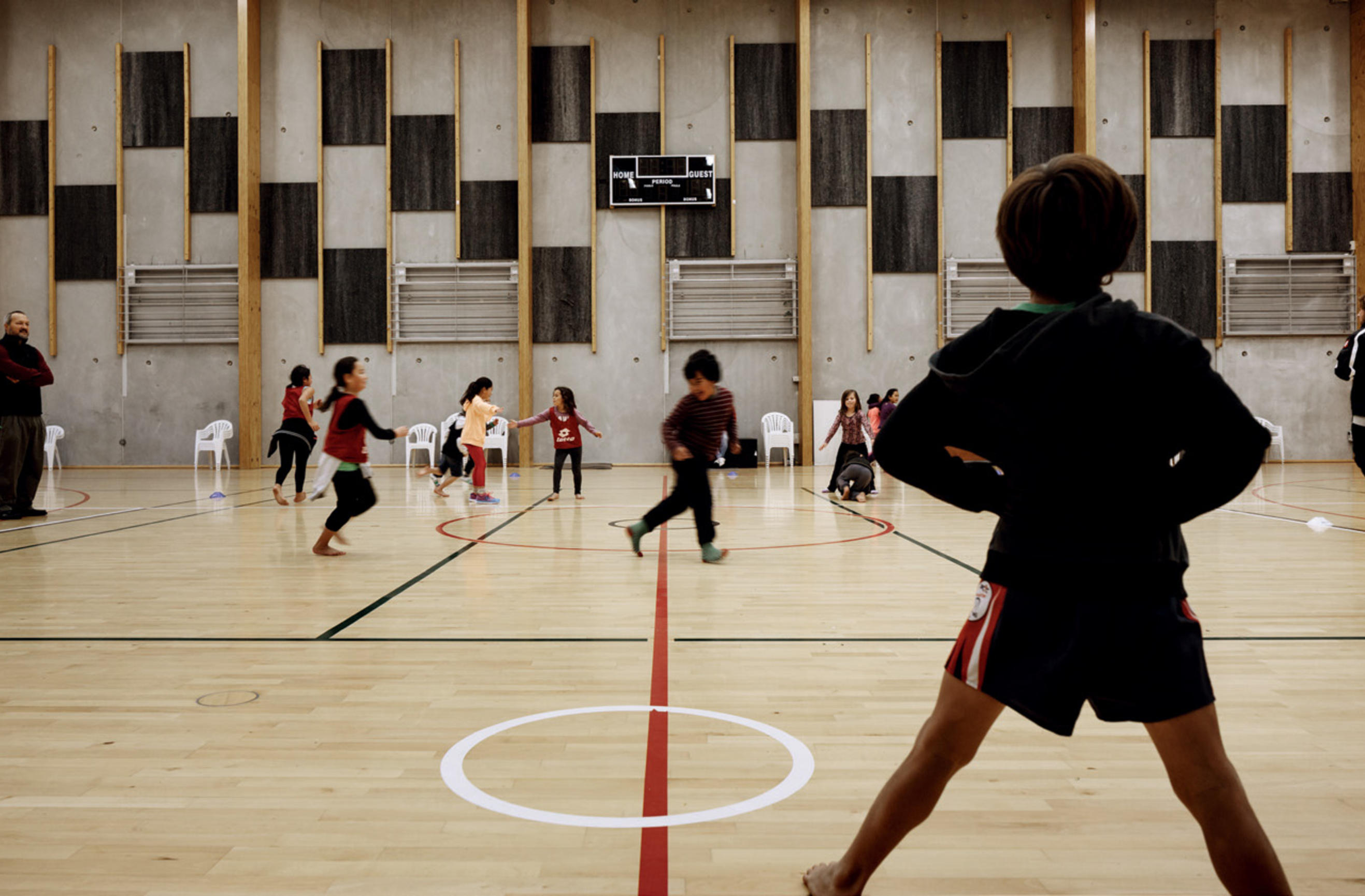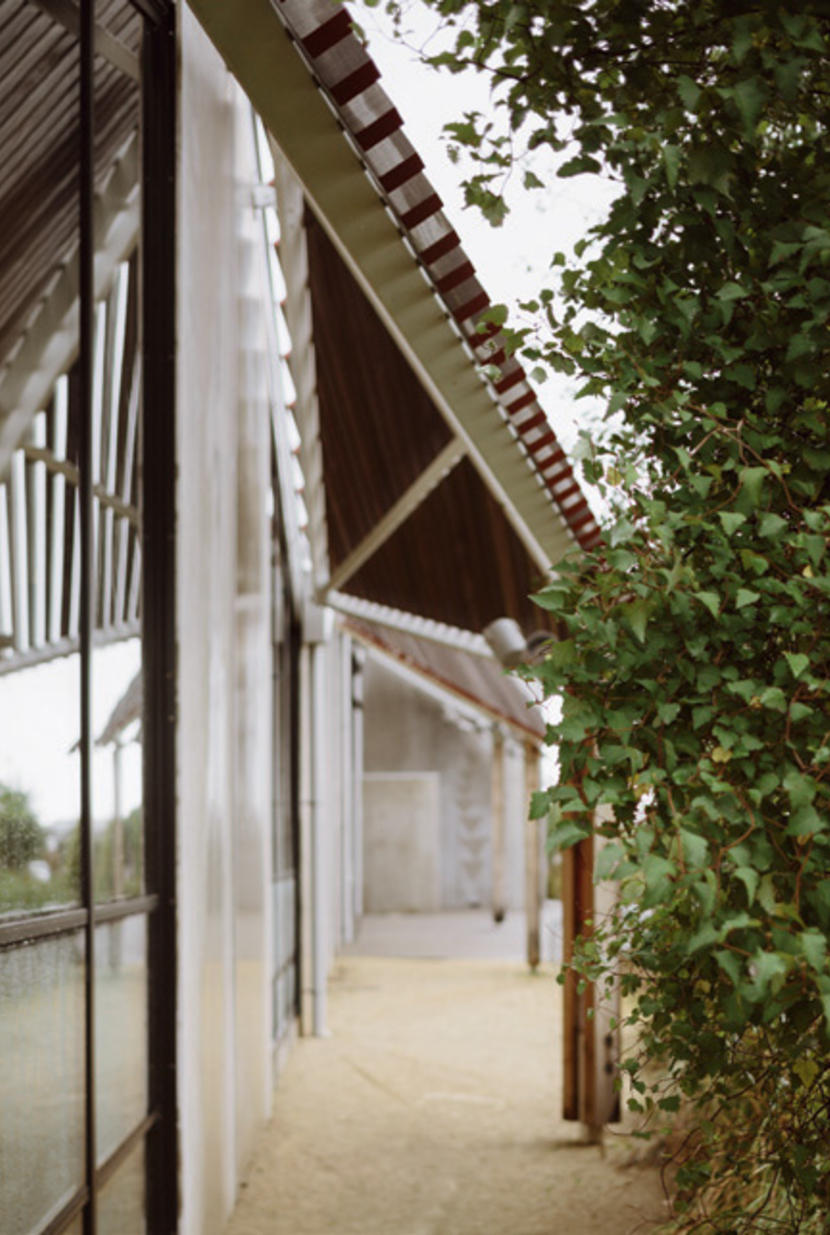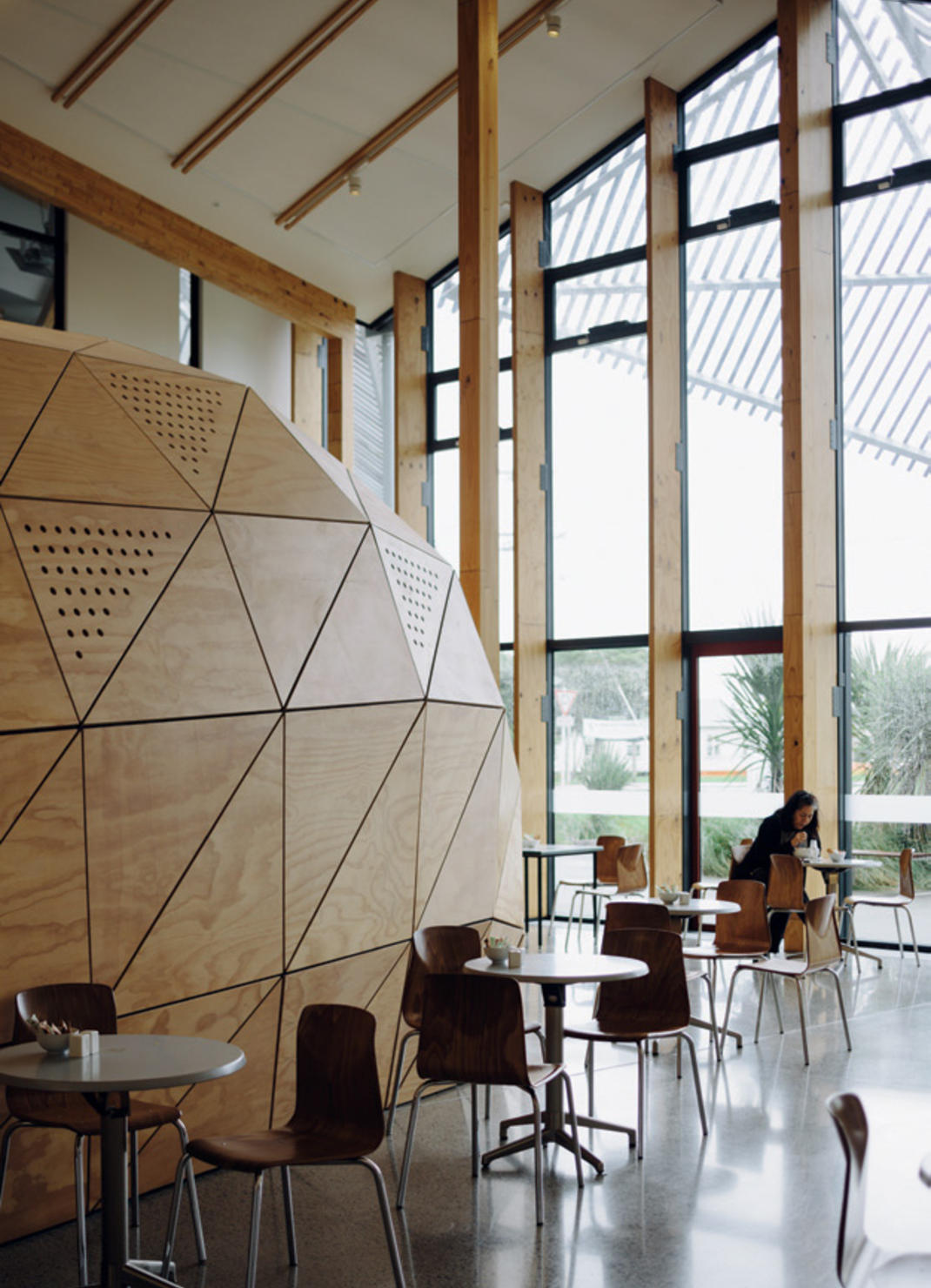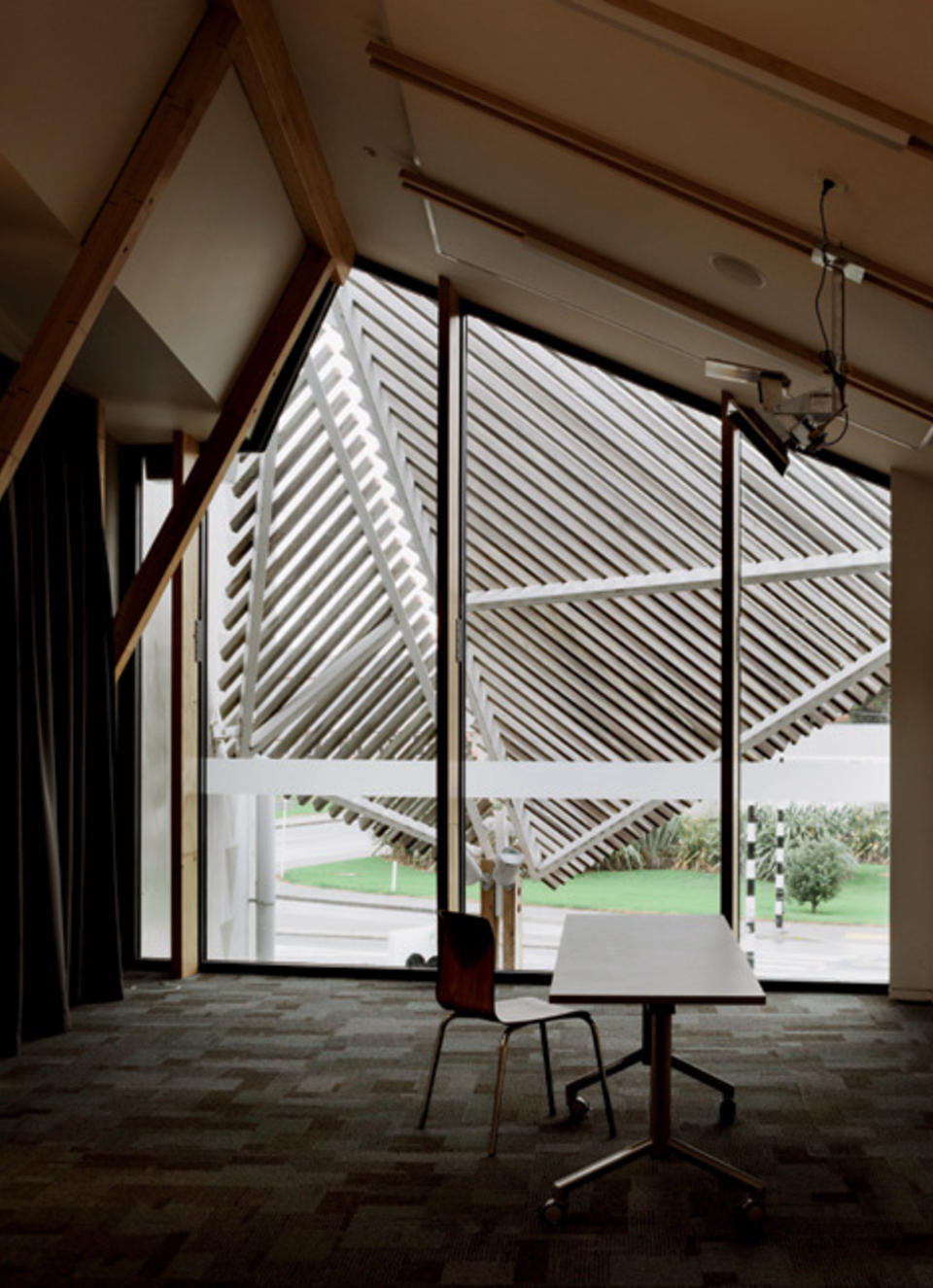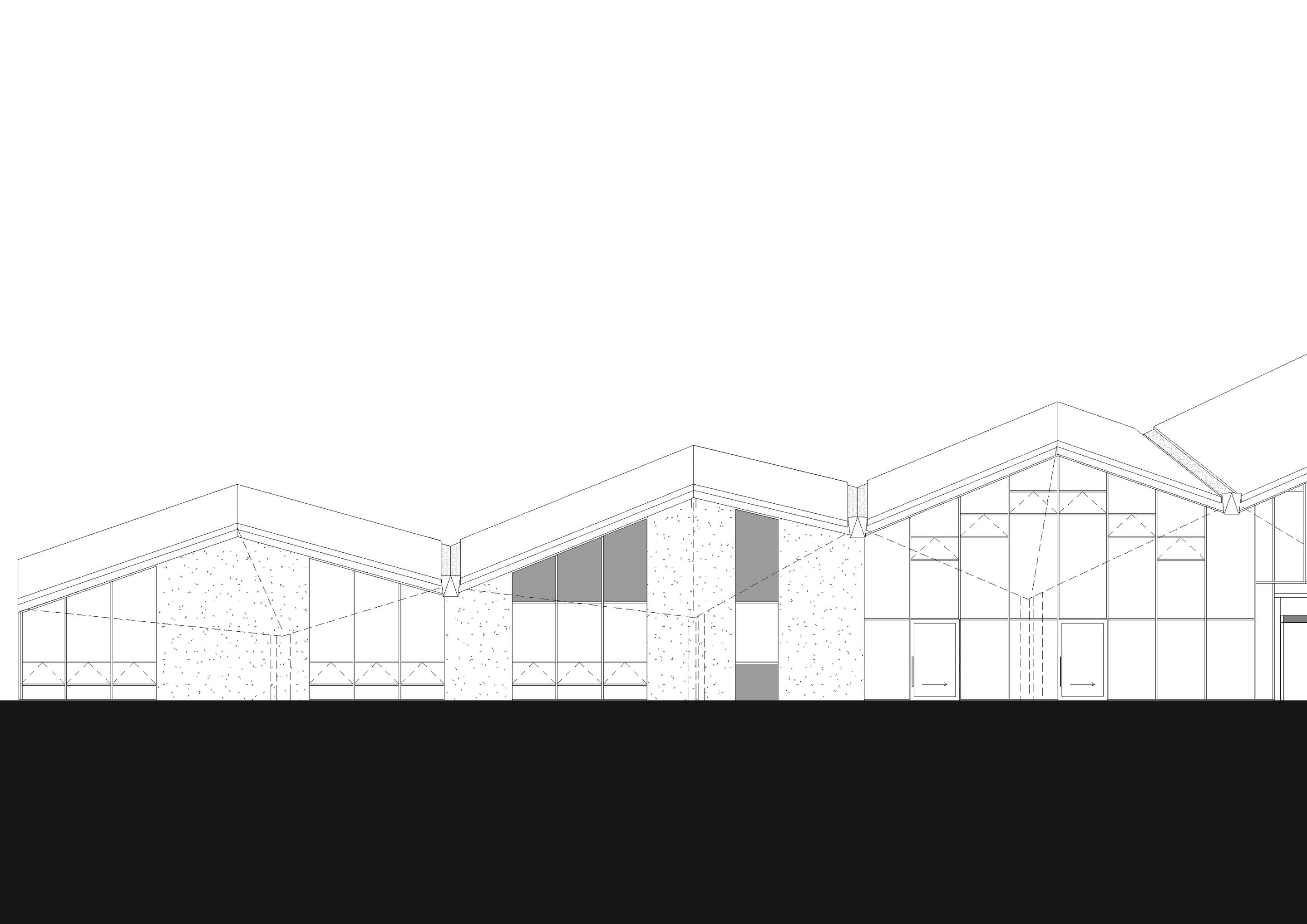Ngā Purapura represents the embodiment of core Māori cultural principles such as manaakitanga and kaitiakitanga – linked ideas that talk about the importance and duty of taking responsibility for personal health and well-being whilst also ensuring the protection of the health and wellbeing of the wider whānau, environment and community.
Protocols and rituals have been key throughout this building, articulated in the architecture and the courses, but significantly, were essential to the relationship between architect and client. Meihana acknowledges this as one of the critical success factors of the project: “Hugh and Ewan engaged with our kaumātua and senior management team in an incredibly positive and meaningful way early on in the journey. This was important, particularly during those initial stages as it created a strong relationship that ultimately extended outwards to the wider community. Part of that journey was their acceptance, their willingness to be fully immersed within the tribal protocols and tikanga, which are part and parcel of iwi identity. And Tennent Brown did this in a very genuine and non-tokenistic way.”
The design strategy uses the holistic model of Māori health ‘Te Whare tapa Whā’ (the four sides of the house) as a form generator for the building. This conceptual model addresses the need for physical (tῑnana), mental and emotional (hinengaro), spiritual (wairua), and social (whānau), aspects of life all to be addressed and in balance for wellbeing. The design represents this model with a four folded roof creating spaces with associated functions leaning against the neutral form of the sports hall.


